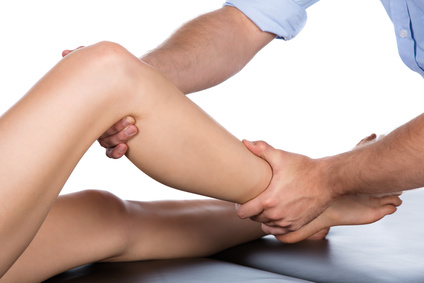 Our physical therapists are trained in identifying the early signs of ulcerations and instructing patients on all facets of care and prevention. We provide therapeutic massage, dry needling and exercise techniques to improve circulation and mitigate the formation of ulcers.
Our physical therapists are trained in identifying the early signs of ulcerations and instructing patients on all facets of care and prevention. We provide therapeutic massage, dry needling and exercise techniques to improve circulation and mitigate the formation of ulcers.
If an ulcer already exists, we can provide casting to immobilize the foot and redistribute pressure. It allows the foot to heal, prevents further trauma and damage, and supports surrounding soft tissues.
Custom orthotic devices and cutout footwear can be prescribed to relieve pressure, prevent ulcer formation, and protect at-risk areas of the feet. A gait assessment may be employed to locate areas of particular concern and identify even the smallest variations in gait that can ultimately lead to the creation of an ulcer.
Our physical therapy techniques assist patients when an amputation is performed, providing gentle clinical Pilates and yoga to build strength, balance and stability. Assistance with mobility aids, ergonomic assessments and environmental accommodations help prevent further injuries.
A foot ulcer is never a trivial matter and self-care is an essential element in identifying their formation and performing appropriate wound care. Our physical therapists assist patients with care and prevention, rehabilitation following amputation, and ways to maintain mobility and preserve lifestyles.